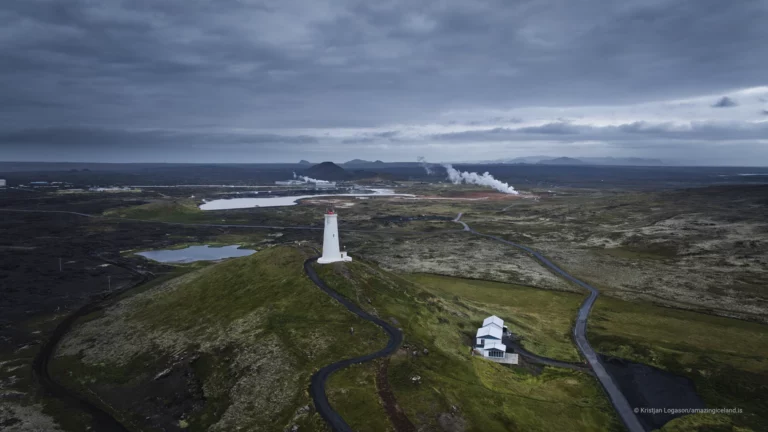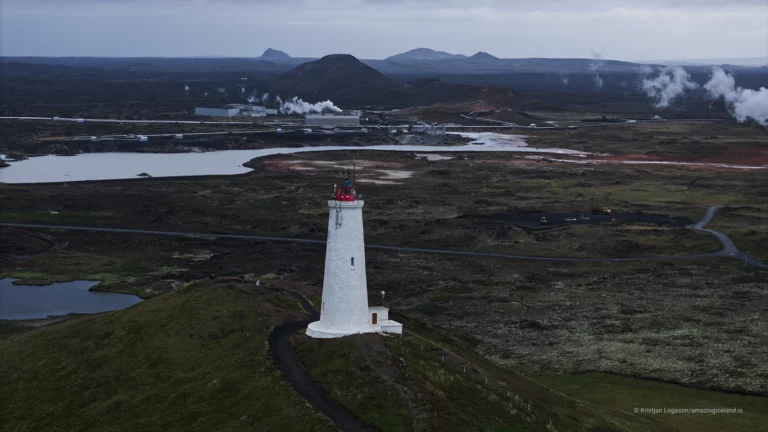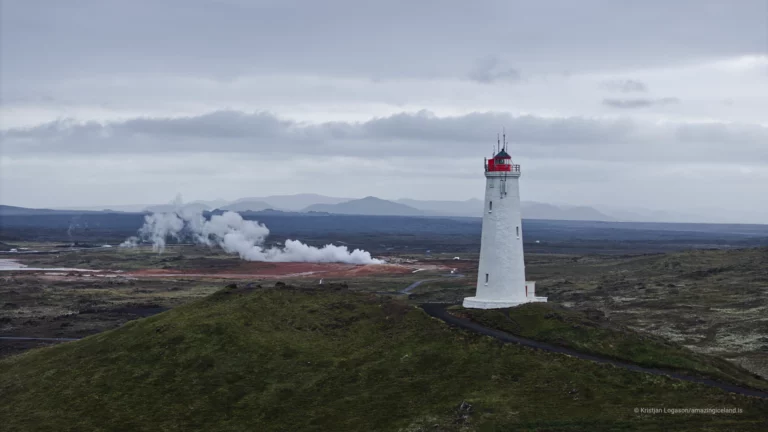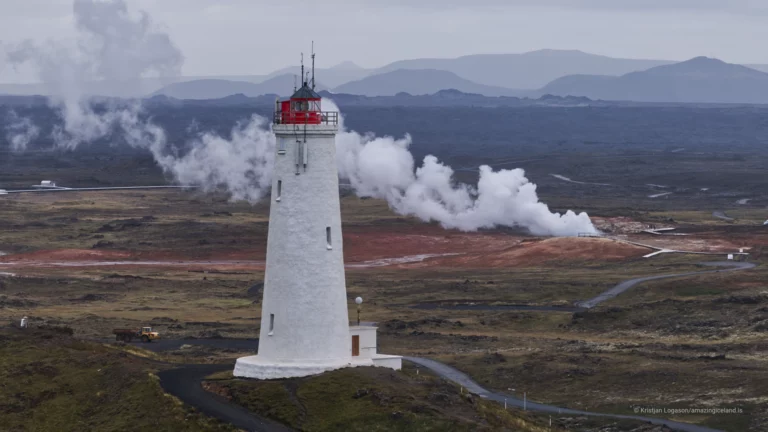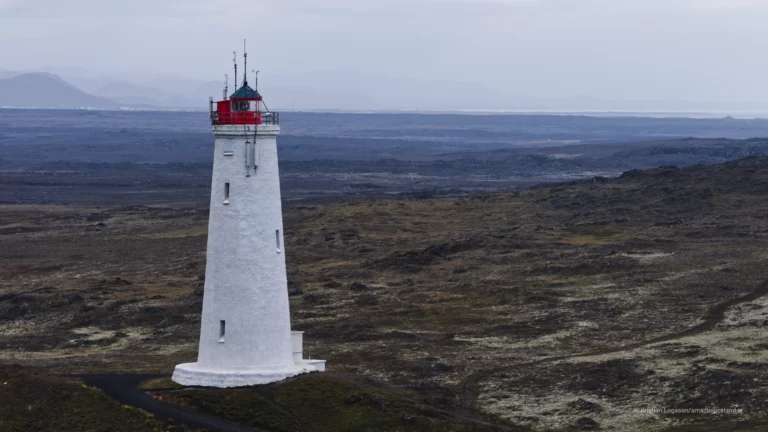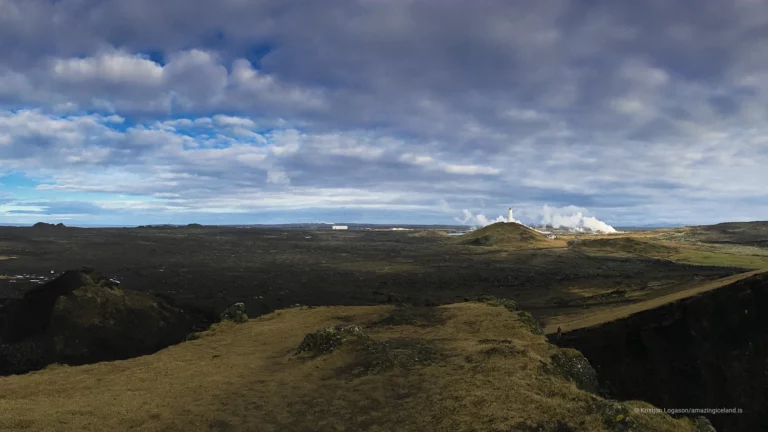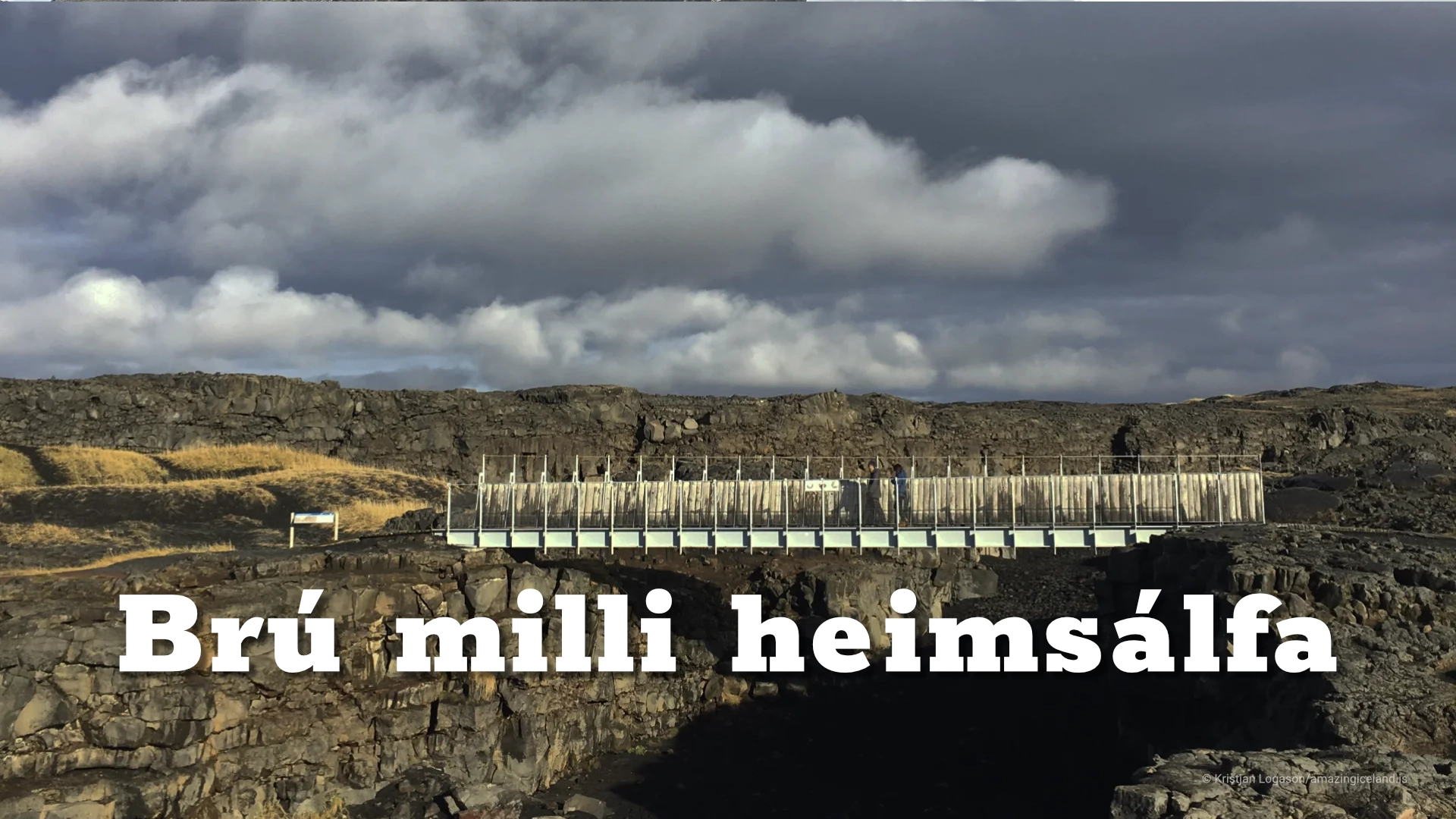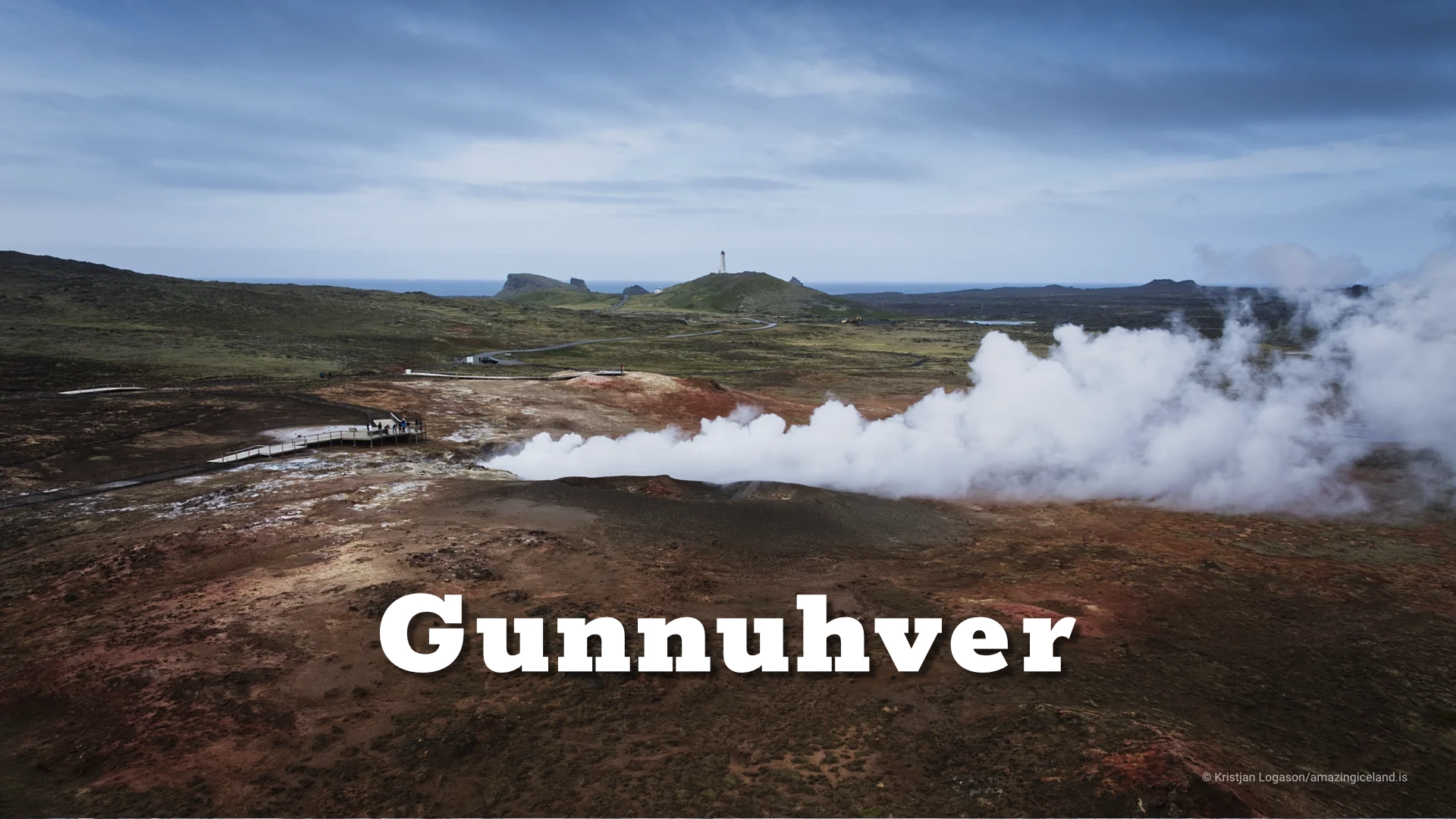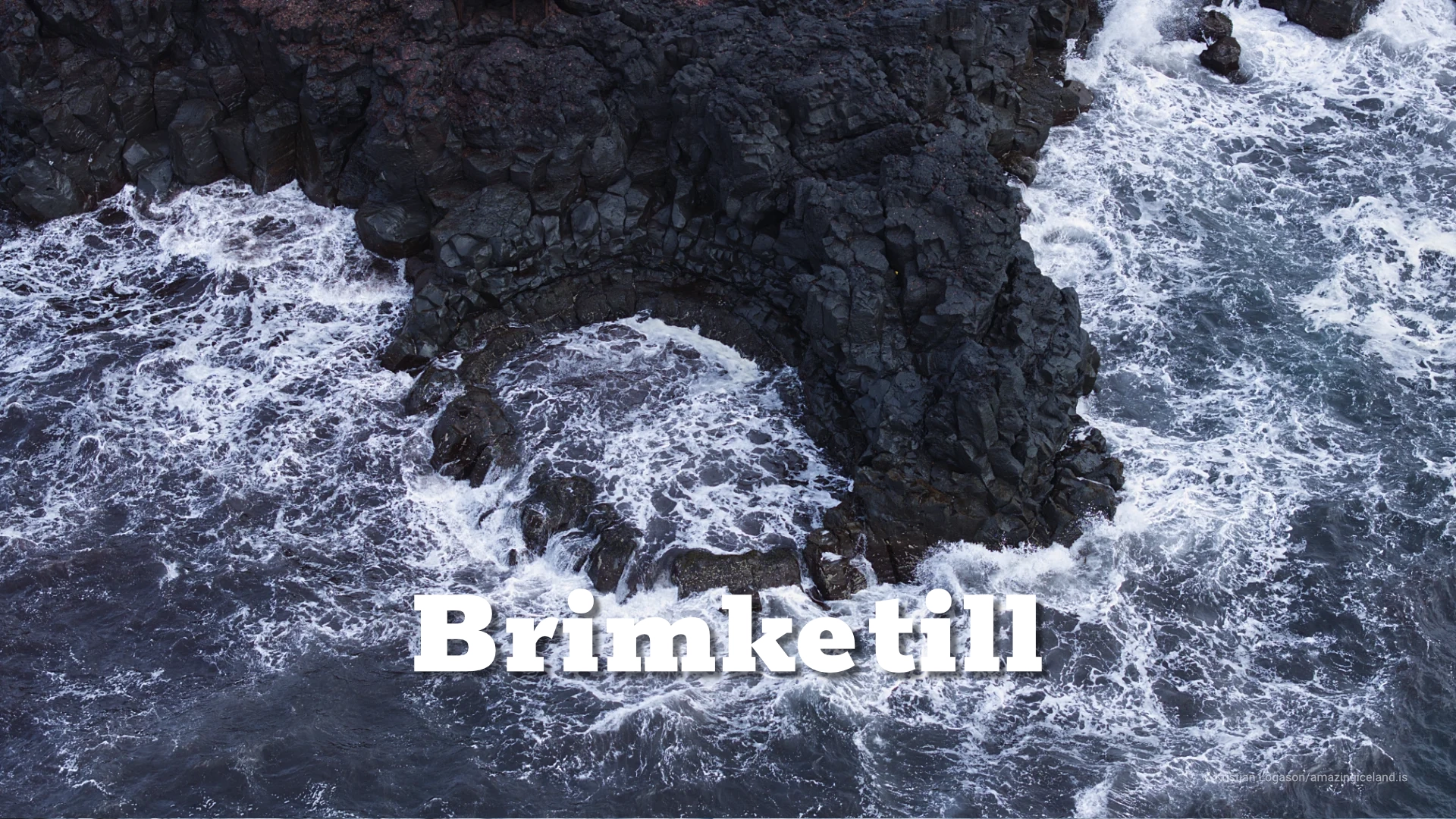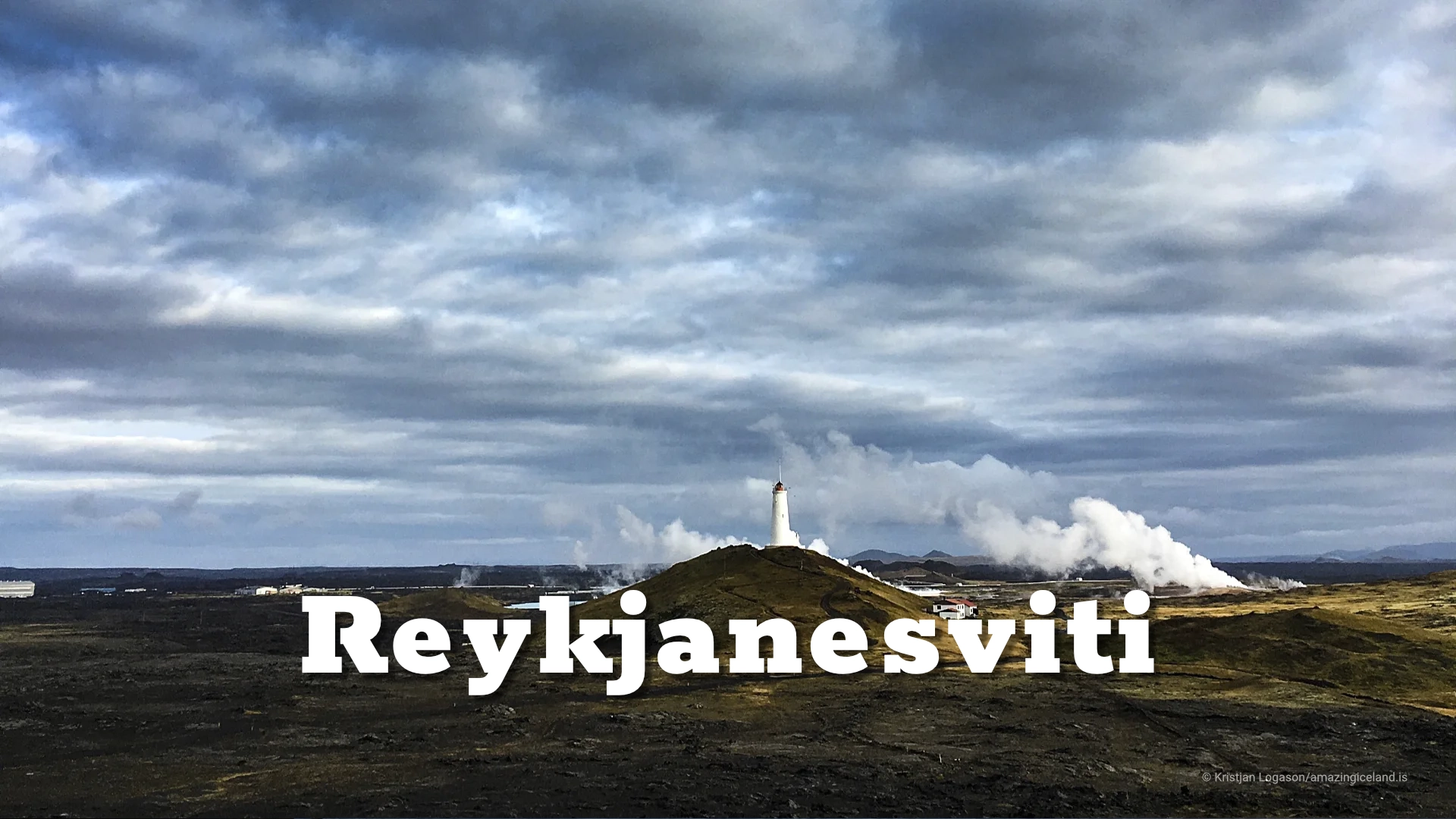
Exploring Reykjanesviti Lighthouse: A Beacon of History and Geology
Iceland, a land of dramatic landscapes and active geological phenomena, is home to numerous historical landmarks that have shaped its maritime culture and navigational history. Among these is the Reykjanesviti Lighthouse, one of the oldest and most significant lighthouses in the country. Situated on the Reykjanes Peninsula, this lighthouse stands as a symbol of Iceland’s navigational heritage and its geologically dynamic environment. This blog post explores the lighthouse’s historical, architectural, and geographical importance in three distinct chapters.
The location of Reykjanesviti Lighthouse
Latitude
63.81581543263725
Longitude
-22.704535245421102
Reykjanesviti Lighthouse
A Historical Perspective
Reykjanesviti Lighthouse holds a special place in Icelandic maritime history. Established in 1878, it was one of the first beacons to be constructed on the Reykjanes Peninsula. The area itself had long been a perilous region for ships due to the rocky coastline and the unpredictable weather patterns of the North Atlantic. Before the construction of the lighthouse, vessels navigating these waters often relied on rudimentary methods of navigation that were prone to error.
The first lighthouse was built in 1878 with a modest design, but it was quickly recognized as a vital addition to Iceland’s maritime infrastructure. However, as technology and maritime needs advanced, the original structure was deemed insufficient. In 1929, the lighthouse underwent a significant reconstruction, leading to the current structure. This new design was built with more durable materials, providing a stronger and more visible guiding light for ships navigating through the often-turbulent waters surrounding Iceland.
Through the years, Reykjanesviti became a symbol of safety for sailors. With its high visibility, it enabled vessels to avoid hazards like underwater rocks and sudden storms, thus playing a pivotal role in the safety of Iceland’s coastal waters and its maritime economy.
Architectural Significance
The Reykjanesviti Lighthouse, at 31 meters (102 feet) tall, is an impressive structure that combines functionality with aesthetic simplicity. Built primarily from concrete, the lighthouse’s design has undergone several modifications over the years to meet the growing needs of navigation, though its purpose has always remained clear: to provide a reliable light source to guide ships safely through the surrounding waters.
The current lighthouse, completed in 1929, stands as a testament to the progress made in lighthouse design and construction. The white tower, with its striking red roof, contrasts sharply against the often-gray skies and the rugged volcanic landscape, making it an easily recognizable landmark. The powerful light emitted from the top of the tower continues to serve its primary purpose — providing a beacon of light for maritime travelers.
The lighthouse’s design follows the functional aesthetic typical of many lighthouses built during the early 20th century. Its tall and slender form is intended to maximize its visibility from a long distance, a necessity given the lighthouse’s role in guiding ships across Iceland’s perilous coastal waters. In addition to its original light, modern improvements have been made to enhance its navigational capabilities, including the installation of more advanced signaling technology.
Geographical and Environmental Context
Beyond its historical and architectural significance, the Reykjanesviti Lighthouse is located in one of Iceland’s most geologically fascinating areas. The Reykjanes Peninsula is part of the Mid-Atlantic Ridge, where the Eurasian and North American tectonic plates meet. This geological convergence gives rise to frequent volcanic activity, geothermal energy fields, and dramatic landscapes.
The lighthouse itself sits near Gunnuhver, one of Iceland’s largest geothermal fields, which is known for its bubbling hot springs and steam vents. This geothermal activity, along with the surrounding lava fields, contributes to the rugged beauty of the area, making it a popular destination for visitors seeking both natural beauty and historical insight.
The Reykjanes Peninsula is also home to numerous other geological wonders, such as volcanic craters, fissures, and tectonic fault lines, which further enhance the lighthouse’s position as a key point in Iceland’s maritime and geological heritage. This combination of historical navigation and geological phenomena makes the Reykjanesviti Lighthouse a unique point of interest for both academics and tourists alike.
Conclusion
Reykjanesviti Lighthouse is more than just a maritime navigational tool — it is a symbol of Iceland’s rich history, both in terms of its seafaring heritage and its active geological landscape. Its construction in 1878, subsequent reconstruction in 1929, and continued operation today provide a window into the technological and cultural evolution of Iceland. Situated in the heart of the Reykjanes Peninsula, the lighthouse also serves as a reminder of the ongoing geological activity that shapes the very land beneath it. Whether for scholars, sailors, or curious travelers, Reykjanesviti stands as a testament to Iceland’s maritime safety, architectural progress, and geological wonder.
Interesting facts:
The lighthouse itself sits near Gunnuhver, one of Iceland’s largest geothermal fields
The Locomotive Elite
What do Donald Trump and Iceland’s Locomotive Elite have in common?
Far more than you think.
In The Locomotive Elite, you’ll uncover how a tiny clique in Iceland captured extensive control—of banks, courts, media, and even the central bank.
For decades they ruled, first democratically, then through corruption and in the end through crime, enriching themselves and their cronies while dismantling oversight.
The result?
One of the most spectacular financial collapses in modern history.
